During these unprecedented circumstances, Cimetrics’ Analytika service continues to monitor our customer sites and support any changes to facility operations. Many facilities have reduced their on-site staff and eliminated non-essential maintenance, but Cimetrics will continue to be their watchdog for critical equipment faults. Cimetrics will also continue to monitor building spaces for unusual conditions that would normally be reported by the occupants.
Cimetrics offers the following suggestions to minimize energy use during this period of reduced occupancy:
- Have facilities and/or EH&S staff walk through the labs to ensure fume hood sashes are closed and chemicals are properly stored.
- Set building equipment to unoccupied mode and review setback sequences.
- Turn off equipment in buildings that are not in use (e.g. student residences).
- Turn off lights and elevators where possible.
As an example, the charts below were used to verify some of the setbacks deployed at a government lab building. The AHUs serving the auditorium (AHU-14) and the cafeteria (RTU-1) were turned off while those spaces are vacant. The AHUs that serve critical lab areas (AHU-1 and AHU-2) continue to run 24/7, but the lab exhaust fan airflows were reduced.
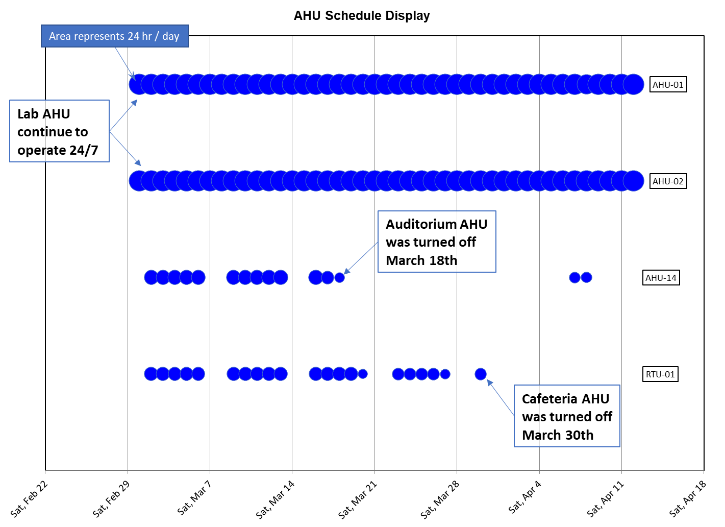
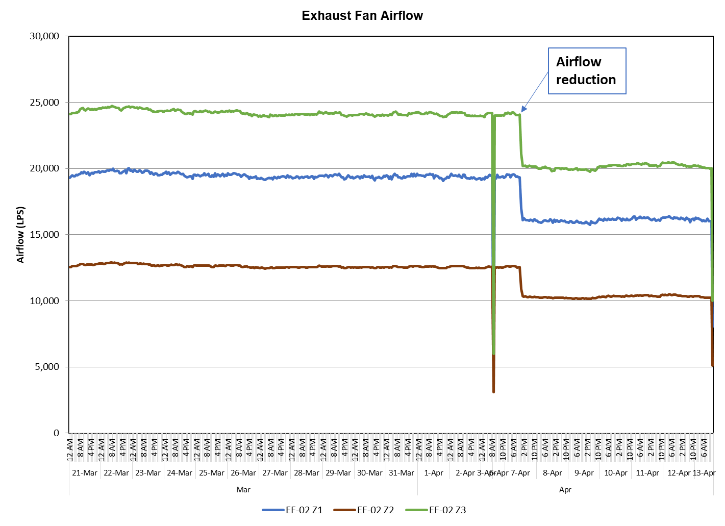
Cimetrics can also provide COVID-19 recovery planning support to our customers. At one research university, Cimetrics calculated the projected annual cost for modifying the equipment sequences to run the return air systems with the outside air dampers 100% open for one year. Maximizing the air exchange rates is one of the methods they are considering to help minimize the risk of infection. The estimated cost of the modified equipment operation is $205,000 for the one-year period.
ASHRAE has provided guidance for buildings that must remain open, including the following action items related to HVAC:
- Increase outdoor air ventilation (use caution in highly polluted areas); with a lower population in the building, this increases the effective dilution ventilation per person.
- Disable demand-controlled ventilation (DCV).
- Further open minimum outdoor air dampers, as high as 100%, thus eliminating recirculation (in the mild weather season, this need not affect thermal comfort or humidity, but clearly becomes more difficult in extreme weather).
- Improve central air filtration to the MERV-13 or the highest compatible with the filter rack, and seal edges of the filter to limit bypass.
- Keep systems running longer hours, if possible 24/7, to enhance the two actions above.
- Consider portable room air cleaners with HEPA filters.
- Consider UVGI (ultraviolet germicidal irradiation), protecting occupants from radiation, particularly in high-risk spaces such as waiting rooms, prisons and shelters.
To learn more about what we can help you with please check out our Analytics Corner and Case Studies.
Contact Us to find out what Analytika service can do for you.

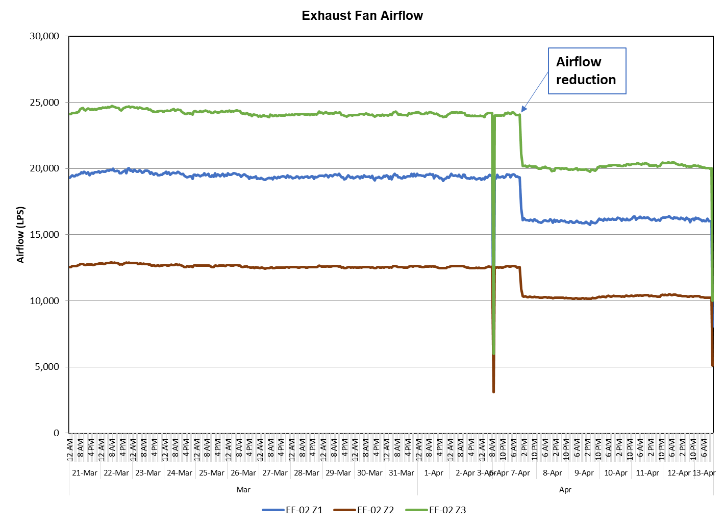
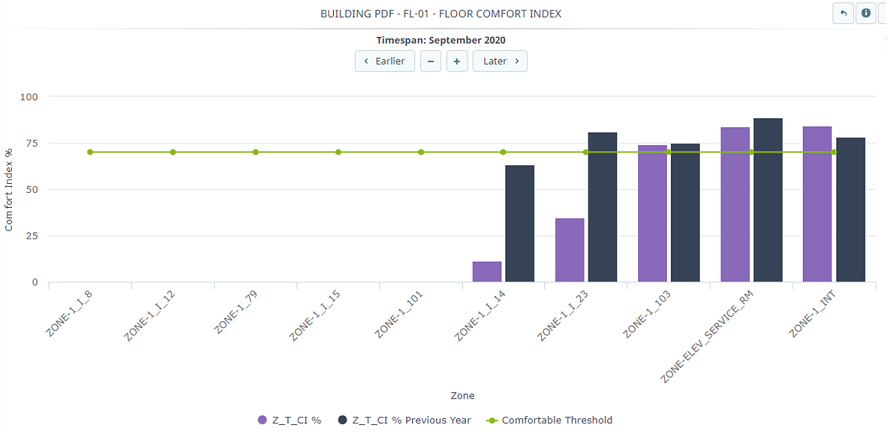

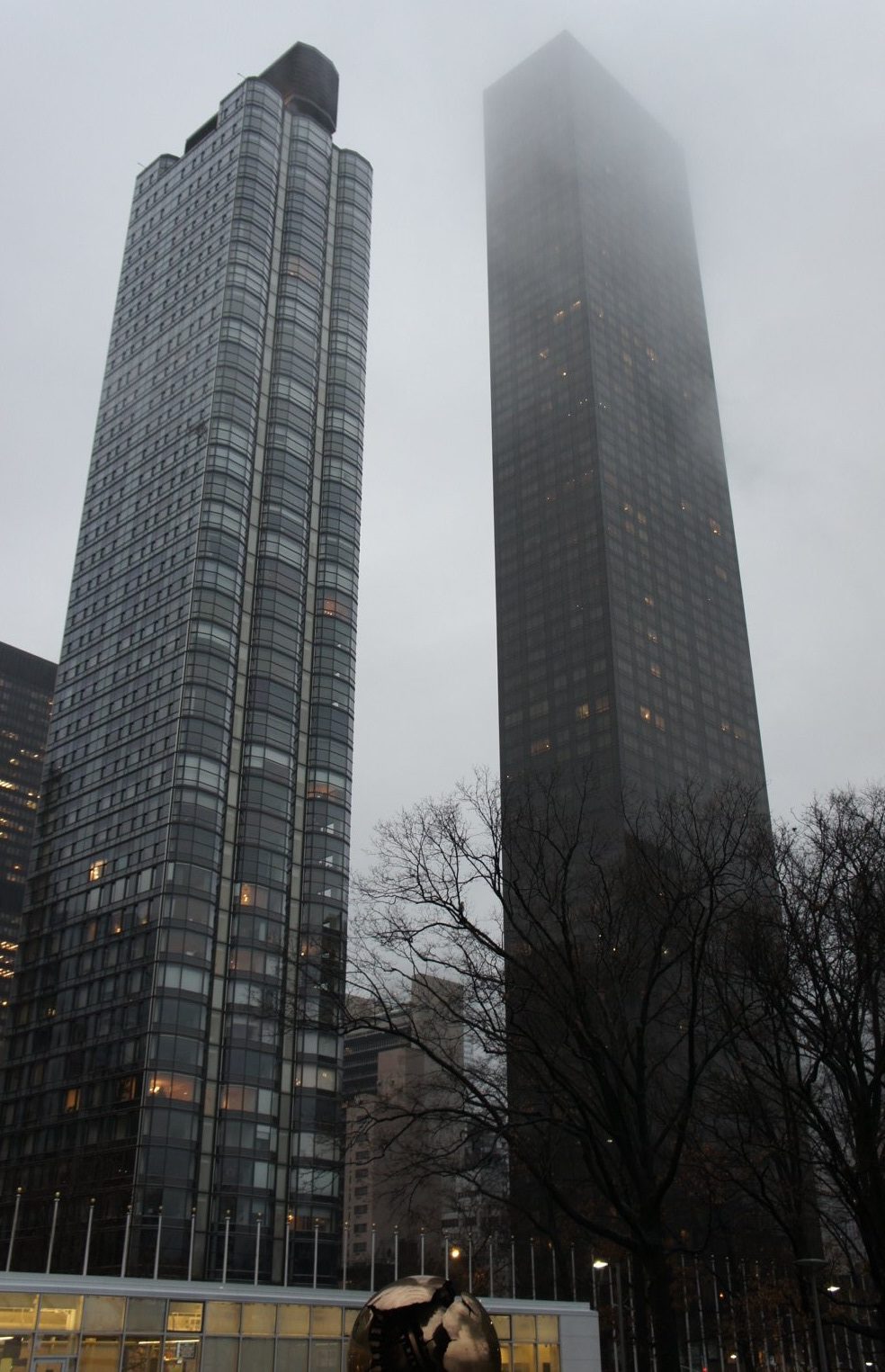
Leave a Reply